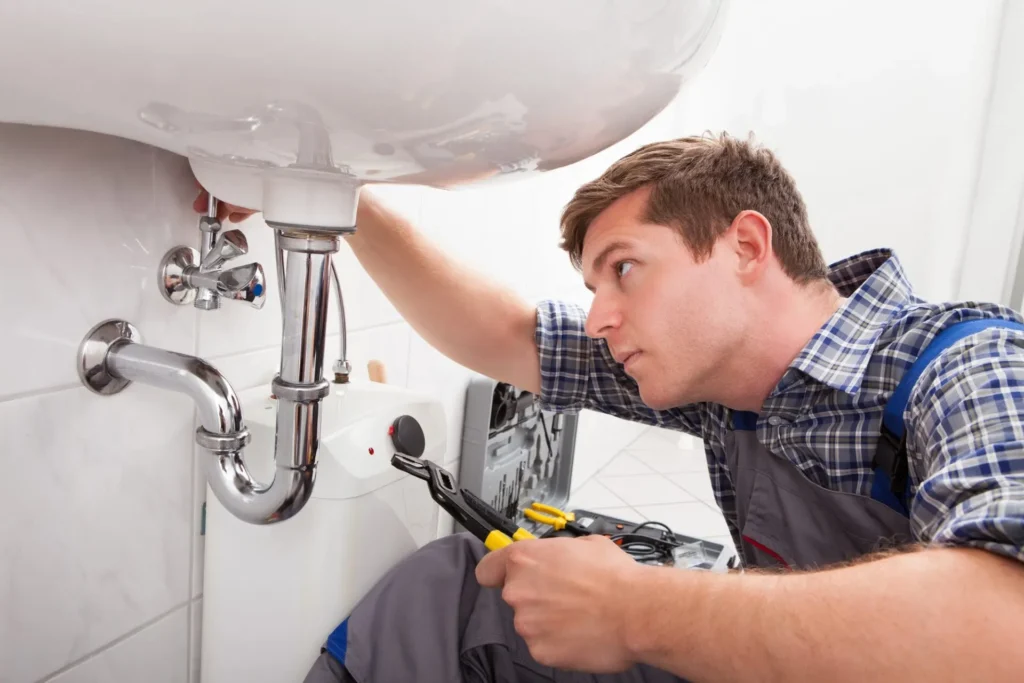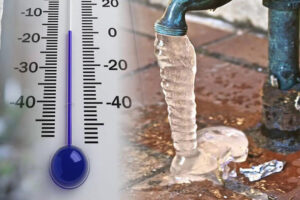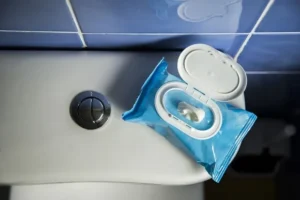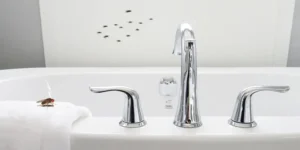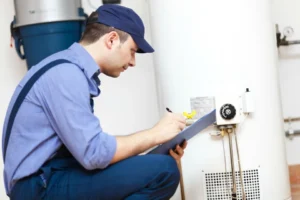You might overlook the need for a plumbing inspection before you purchase a house. Sadly, without this inspection, there’s a high risk of buying a home with significant plumbing problems. You may have to spend a fortune on costly plumbing repairs and replacements.
So, what can you do to mitigate this risk? Here are six plumbing inspections to complete before you purchase a home.
1. Pipes and Water Pressure
You may assume leaky pipes and low water pressure are minor issues that shouldn’t derail the house purchase process. However, these issues can be signs of major plumbing problems, such as clogged or corroded pipes. Besides, low water pressure can slow down simple activities like washing dishes, watering plants, and showering.
High water pressure, on the other hand, can lead to high utility bills, water hammers, and damaged appliances.
To avoid these problems, test the plumbing pressure and check for leaky pipes before buying a home.
2. Main Sewer
Before you buy a house, find out the kind of sewage system it has. You might also need to hire an inspector to carry out a sewer camera inspection. The inspector will use a camera to check for issues in the main sewer. The inspection will help you detect sewer problems before you move in.
If the house has a septic tank, find its location, size, lines running to it, and the latest service date. Inspect the area around the tank and check for signs of seepage, such as standing water, spongy lush grass, and bad odors.
3. Hot Water Heaters
Water heater repair or replacement can be costly. Inspect the water heater for any signs of a damaged tank, corrosion, rust, and issues with emergency gas shut-off.
Also, check the water heater’s location to determine if its placement poses any property damage risk. Many water heaters are installed in hidden parts of the house, so they might cause severe damage if they leak.
Also, check the water heater installation date to determine its age. If its age is greater than 10 years, you might have to replace it to prevent leaks.
4. Toilets
Many home buyers often miss a leaky toilet base. Unfortunately, these leaks can cause structural damage to the house and might be a health hazard. They can also waste water and create irritating noise.
Discoloration around the toilet’s base can alert you about a leaky toilet. Also, check if the toilet bowl moves when you put your body weight on it. Finally, check if the floor area around the toilet feels soft or if it moves when you step on it.
5. Faucets and Sinks
Inspect all faucets and sinks around the home for leaks and drips. Also, examine the areas below the sinks and the exposed pipes. Open faucets to full flow to ensure that water drains properly and quickly.
6. Winterization
If you’re planning to buy a home in an area that experiences frosty winter weather, consider winterization factors. So, when doing the plumbing inspections, check the pipes’ insulation. Check if there are any exterior cracks around the house’s foundations. Cracks might allow cold air to get inside the house affecting the plumbing system.
Seek Professional Plumbing Inspection Services
Plumbing inspections can help you avoid buying a house with major plumbing problems. However, you might miss signs of plumbing problems if you do the inspections yourself. Hire a licensed plumber to do these inspections to avoid this risk. The plumber will also advise you on plumbing upgrades to consider after you acquire the house.
Call us today at A-1 Affordable Plumbing Inc for amazing, affordable plumbing services that meet and exceed your expectations.



